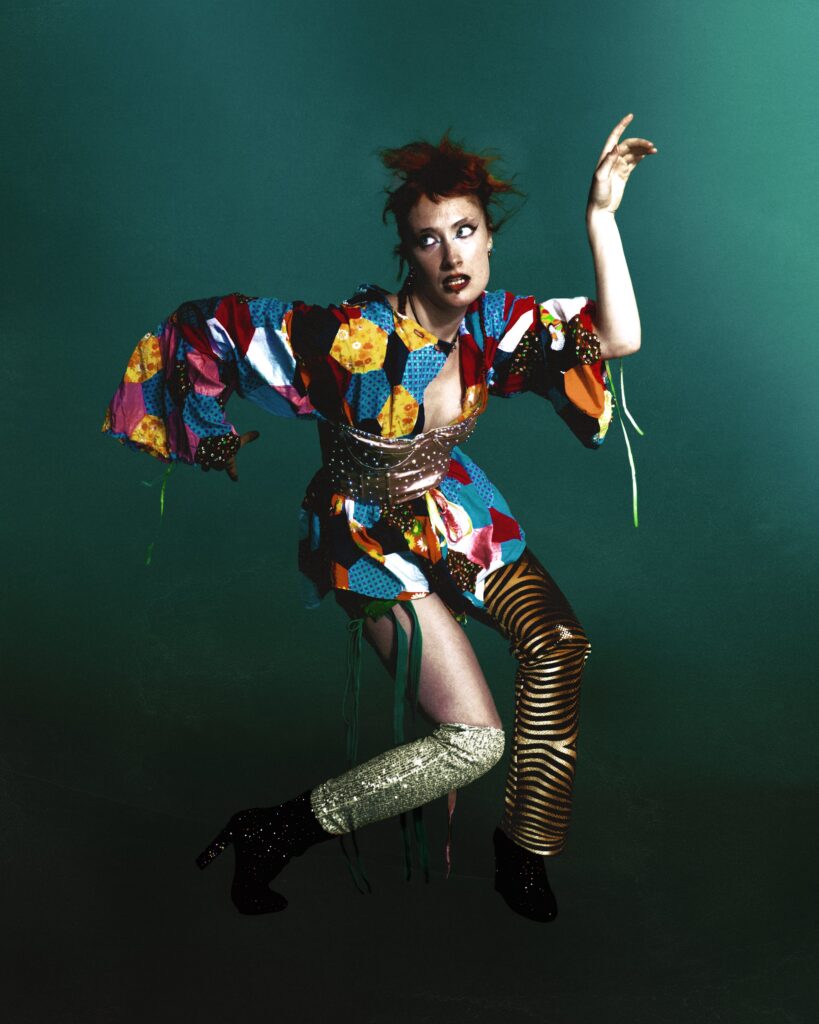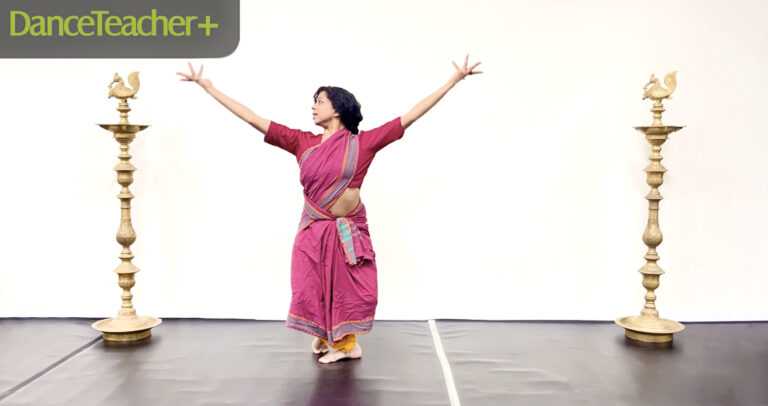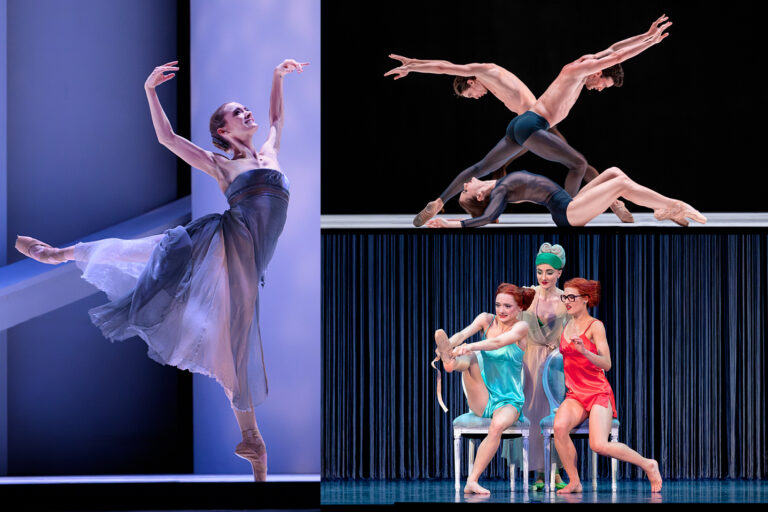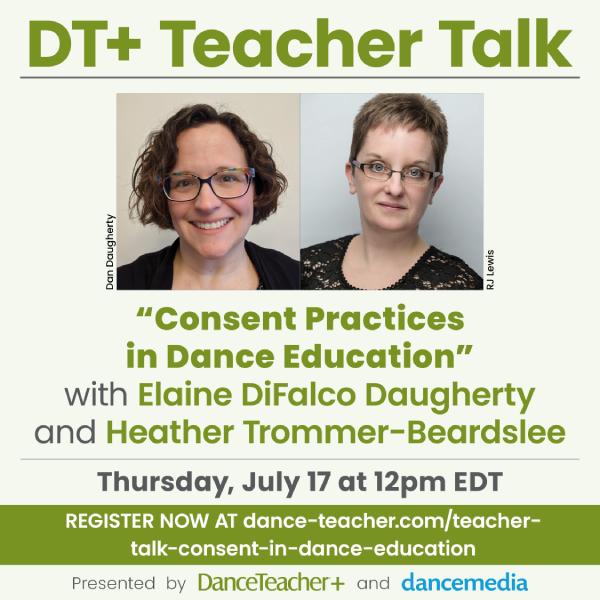
Dynamics—soft, sharp, fluid, or full movements—play a big role both in technique and in artistry. Certain exercises, like petit allégro and adagio, are based on a specific dynamic, and during performance, dancers use their own unique understanding of dynamics to enhance their characterization and bring a story to life. Cultivating these skills in class is an important way to help set students up for success.
“Dynamics are a really important way to tell a story,” says Madaline Riley, a freelance dancer and choreographer. Riley has worked with artists including Lady Gaga, Dua Lipa, and Sam Smith, and her choreography often channels bold, dynamic shifts. “The way that we are able to use dynamic shifts to take our audience on the journey with us I think is really important.”
Build the Foundation
The exercises taught in class often provide the basis upon which dancers can branch out to explore their own artistry. To introduce dancers to the idea of dynamics early on, it’s important to make this skill an aspect of their work in the studio.
Additionally, Riley recommends training with one specific dynamic at a time (small, big, fast, or slow) before giving combinations that require a range, to encourage students to work on cultivating each dynamic and how to switch between them. “In class, include various sizes of movements and speeds of movements. Maybe a more detailed exercise where you have to do a section that’s slow, a section that’s insanely fast, and some variations in the middle.”

Omari Wiles, who founded both Les Ballets Afrik, a dance company specializing in West African, Afrobeat, house, and vogue dance styles, and the House of NiNa Oricci, a ballroom house that appeared in the second season of HBO’s Legendary, considers breath and timing to also be essential building blocks of dynamics.
“I really get the students to understand breathing and timing,” says Wiles, who teaches vogue and West African dance at Broadway Dance Center, in addition to classes in Afrobeats and vogue femme at Peridance. “To me, that is the first thing that you have to be able to control in order to then control your movement, or the textures of your movement, or the dynamics of your movement.”
Emphasize Musicality and Encourage Imagination
Musicality and dynamics work together, says Riley, who encourages educators to take time to listen to and study music (including the culture and time period in which it was created) with students in class. Help them to pick out specific parts of the song, and talk about the roles different instruments play in a composition. Referring to specific parts of the music is really helpful—knowing what the bass is, what the synth is.
Wiles adds that drawing attention to changes in the music, whether it be in tone, tempo, or otherwise, can help dancers organically become attuned to places where it might feel natural to shift movement dynamics.
“You might change the phrase out when you hear a note change in the music, when you hear a new sentence in the song, or you might hear a new beat or other instrument added,” he explains.

Wiles adds that a dancer’s thoughts and creative mind can also play a vital role in tuning in to dynamics. Although he doesn’t recommend overanalyzing, it’s important to encourage dancers to use their imaginations to consider what a dynamic or shift between dynamics will feel like.
“I always tell them it has to connect mentally,” he explains. “You kind of have to play with your imagination with that, too, because what you think and what you feel is how you’re going to dance. So, if you’re thinking about softer movement, then your body is going to want to adapt and want to project that feeling out.”







